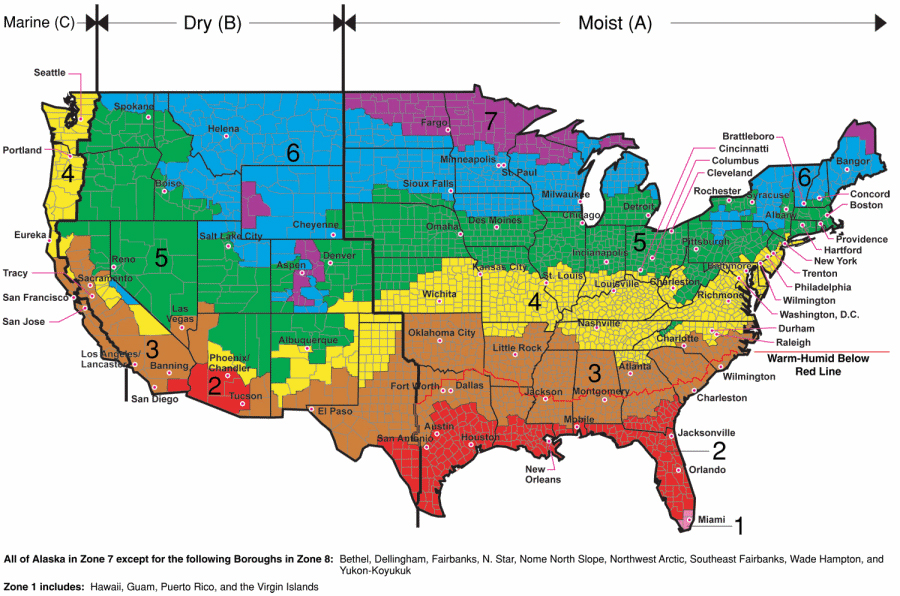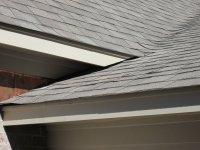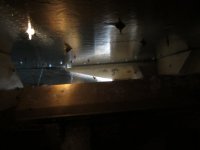Simply from a moisture control and heating/cooling energy point of view you can't afford NOT to take air-sealing seriously! It's the cheapest most cost-effective building envelope efficiency measure you can take, and it reduces moisture problem risks to boot when done right. It may even be subsidized by state & local efficiency programs.
If the 20' ceilings are cathedralized ceilings (rather than with an attic above) the roof & insulation stackup needs to be understood. Current code requires either a vented air space of 1" minimum between fiber insulation & the roof deck, OR insulation above the roof deck sufficient to keep the roof deck above a presumptive ~40F dew point temperature for the wintertime conditioned space air. If it's a code-min R49 total (for any NY location under IRC 2012), the minimum amount of that R that is above the roof deck is prescribed in
Chapter 8 of the IRC. But the amounts will vary by US climate zone. NYC & Long Island and most of Westchester County are in zone 4A, but most of NY state is split between zones 5A & 6A.
At lesser (or greater) total R values, Zone 5 needs at least 40% of the total R to be above the roof deck for dew point control, in Zone 6 it's half, but in zone 4 it's only 30%. But if there is an interior side vapor barrier (polyethylene sheeting or foil) the roof deck needs to be vented from below, which means soffit to ridge venting or other schemes.
Vented attics are much easier to deal with, but the attic floor/ceiling plane still needs to be air tight (but not necessarily vapor tight from a water vapor diffusion point of view.)
If a cathedral ceiling isn't properly vented or insulated and the roof deck is staying damp for lack of drying capacity, it becomes an ant & wasp magnet.



